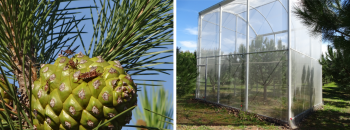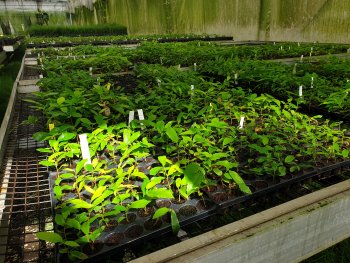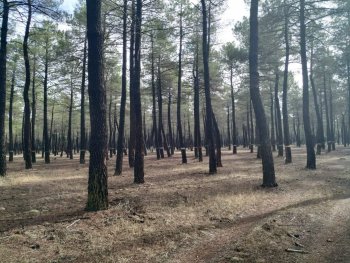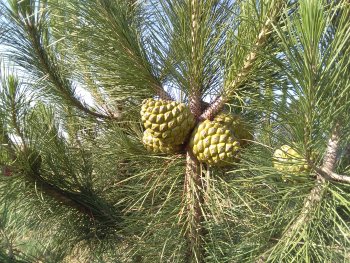Clonal variation in susceptibility to Leptoglossus occidentalis in grafted Stone pine plantations
Some experiments conducted at the Institute of Agri-Food Research and Technology of Catalonia (IRTA), aimed at evaluating the productive capacity of Stone pine clones from different Spanish provenance regions (PR) under Leptoglossus occidentalis Heideman attack, are presented. This pest is severely affecting Stone pine stands in the Iberian Peninsula, hence, identifying genotypes less susceptible to L. occidentalis attack is an important line of research in this area.




